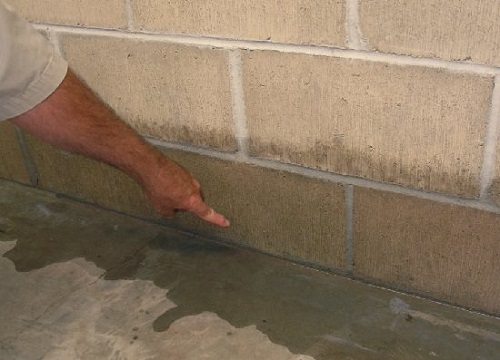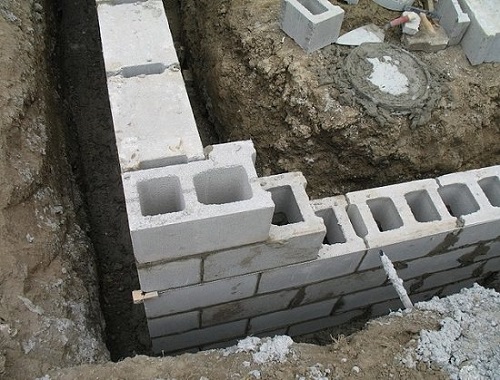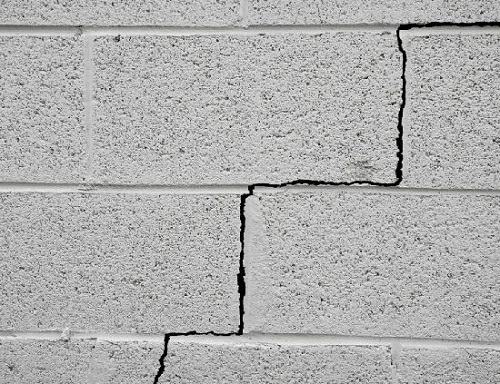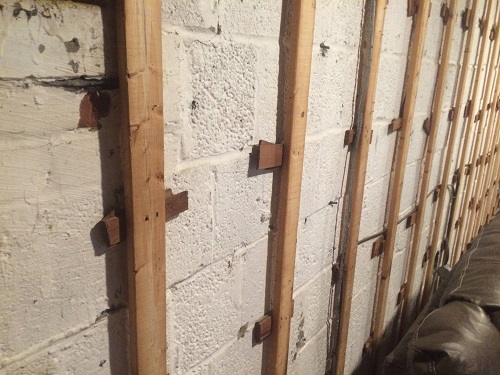Are Cinder Block Foundations Bad? What are the common Cinder Block Foundation Problems? Get the answers in this informative guide!
Cinder blocks are traditionally used for building foundations and walls and are preferred for their affordability. However, that doesn’t exempt them from issues related to freezing weather, heavy rain, or pressure from nearby concrete structures and heavy traffic. So before choosing your house foundation blocks, learn about the Cinder Block Foundation Problems in this informative article.
Find some Interesting Cinder Block Ideas for the Garden here
Are Cinder Block Foundations Bad?
Cinder blocks are hollow structures made from concrete and coal cinders, while concrete blocks are solid flattened structures comprised of water, cement, sand, and fine gravel. So the difference in the matter says it all.
If you are still wondering, Are Cinder Block Foundations Bad—the Simple answer is YES. Cinder Block Foundation is not safe to rely on for residential or commercial apartments. They are lighter and have low density compared to masonry or concrete building blocks. Hence, they are more prone to cracks, buckling, leakage, and many such cinder block problems with the passing years.
Cinder Block Foundation Problems
1. Cracks
Cracks in cinder block foundation are usually caused by shifts in the cinder block footing on which the blocks are placed. Similarly, underground water and saturated soil might also cause cracks in cinder block foundation.
Another reason might be the extreme vibrations faced due to heavy vehicles or large machinery that might be operating nearby. If the crack is even in width, it’s likely because of unstable cinder block footing.
Watch out for irregular cracks – either horizontal or vertical. A footing installed over bedrock, or a very poor filling makes cinder block foundations sag on their sides. As a result, your walls would lean to one side or the other.
If the water seeps into the blocks due to a degraded mortar issue, it forms a cavity that might result in a crack. A badly laid foundation could lead to several issues other than the cracks in cinder block foundation.
Check out some DIY Concrete Projects here
2. Bowing and Buckling
Cinder blocks are used traditionally in buildings without a heavy load. They might develop bulges and buckles in several spots if the foundation is overloaded. If the cinder block foundation is under undue pressure, you can expect to see at least some sort of buckling and bowing.
An estimator could tell you about potential repair costs; it might be due to the weight of the accumulated earth or water above your foundation.
3. Weeping Tiles (Leaking Tiles)

This is most likely an aging issue, unlike the bad cinder block foundation laying. Numerous weathering agents might wear down your drainage. This results in the formation of drain tiles.
Furthermore, this becomes plugged with roots or soil. Fixing cinder block foundation is essential as soon as you spot a leakage.
Concrete fill can temporarily fix weeping tiles, but it’s a better idea to install a breakout solution. This prevents the drain from clogging up with soot.
4. Window Wells
If you’ve got windows installed over your cinder block foundation, that are below grade level, they require a sort of window well to protect your basement from leaks.
Window wells have a tricky installation, as improper sizing, placement, and drain structure issues are just some of the problems it entails. People generally place a simple corrugated galvanized steel well. However, a proper window well installation by professionals is the appropriate solution to such cinder block foundation problems.
In emergency egress, having a proper window well excavation of sufficient height is beneficial. It sorts out the issues pretty easily.
5. Tipping Walls
Cracks in cinder block foundation leads to wall tipping. As a result, your walls might start tilting to one side. This might cause structural damage or in the worst cases, structural failure.
An unstable footing for your cinder block foundation could result in walls tipping over. Likewise, heavy rain or vibrations caused by heavy traffic can also cause this. Repeated heavy frosts can break down cinder block footing and make the wall lean, so it is best to get a tipping wall checked as soon as you can.
6. Shear Failure
It is a good idea to reinforce the foundation with steel bars. Otherwise, your cinder block foundation might suffer from shear failure. If the wall placed on top of your foundation appears to be ‘dragging’ or sliding, then you have a problem.
This happens when there is no external support to the wall other than the underlying cinder slab which basically is follow from inside. It is one of the most alarming cinder block foundation problems that might also prove fatal to your loved ones.
Final Words
Cinder Block Foundation is an affordable solution over a masonry foundation. Poured walls win in lateral strength. Whereas cinder block foundation laid with the proper tools for preventative intervention beats poured walls in compression strength.
They’re also more comfortable to repair, as long as you have the correct ‘lay of the land’. Raised correctly, cinder block foundation can save you a tonne of money in repairs down the line. But do make sure to get the required reinforcement and expert supervision before raising one.




hello I have a Very serious problem and have not a clue what to do or who to call here is my problem……. I have a cinder block foundation that was done before I got the house and four(4) years later I found that the addition has no cement footer and the cinder block is below ground level and it is falling apart so there is only about half the block left to my support to the addition I am afraid it will fall and it supports a laundry room/bath room can any one help with real direction PLEASE thank you in advance.
Mike